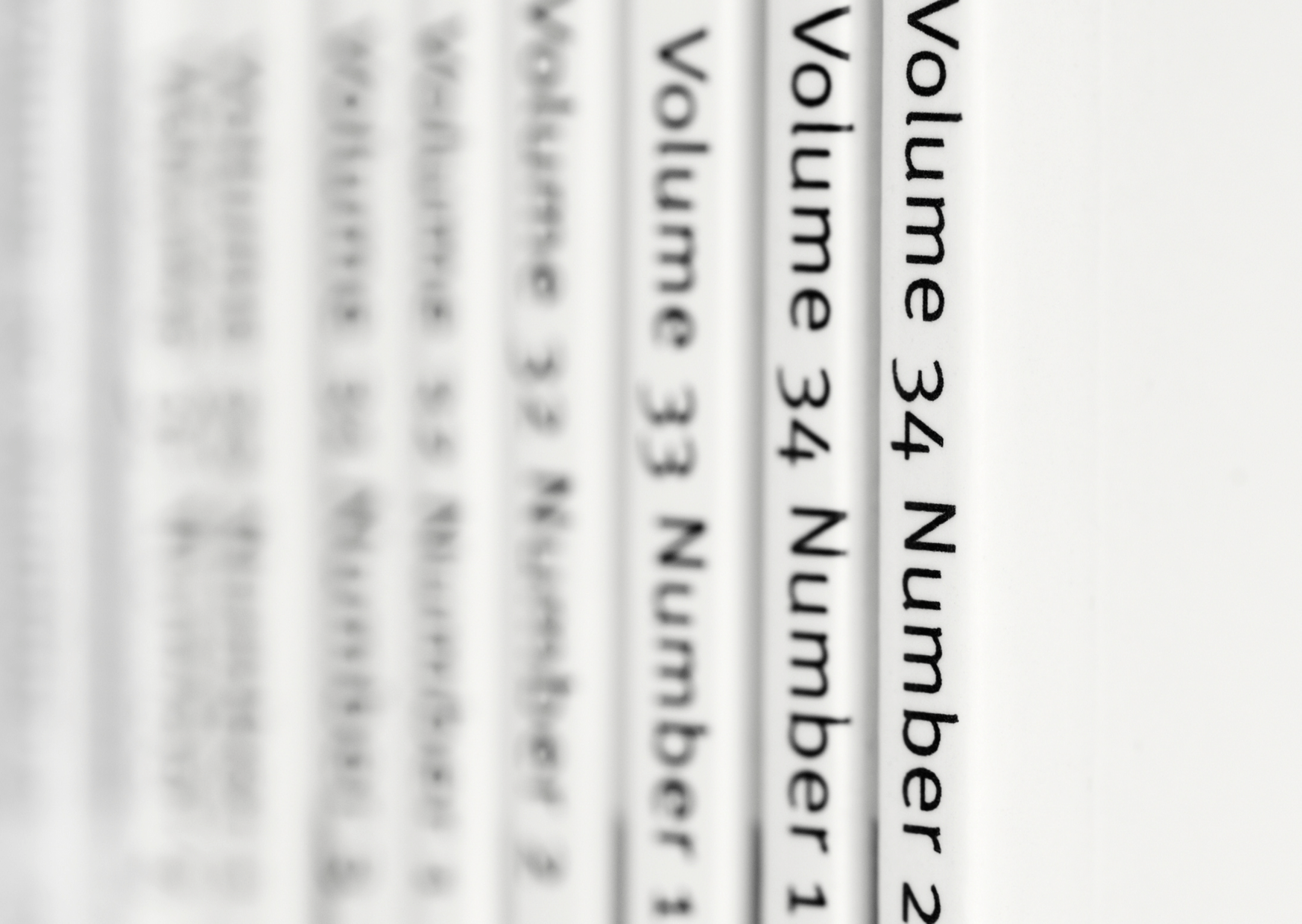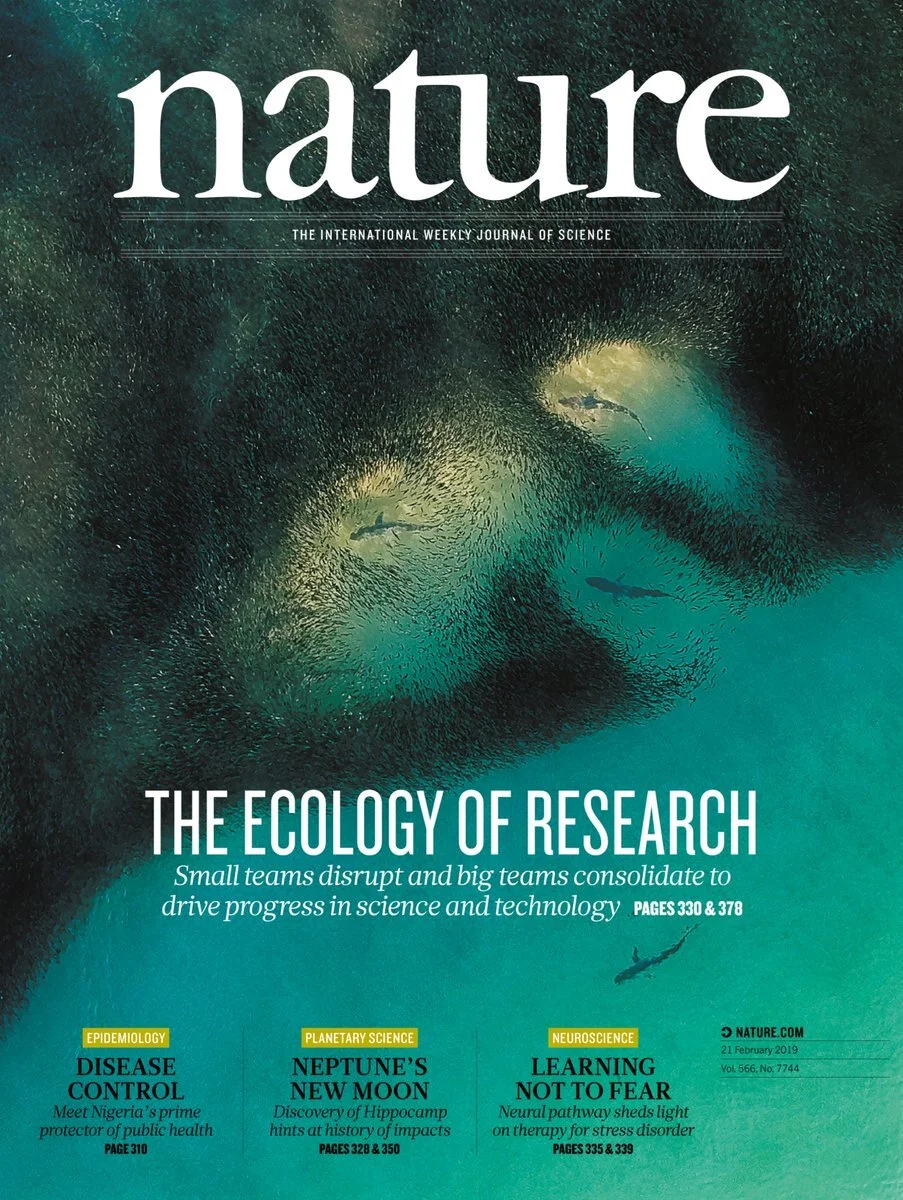How to Write a Scientific Essay
Unlock the secrets to crafting compelling scientific essays with our comprehensive guide for school students. From structuring your argument to mastering scientific writing style, discover essential tips for success in academia. Perfect for students navigating the intricacies of scientific writing, our blog offers invaluable insights to elevate your essays to the next level.
Did you think essay-writing was confined to the sphere of the Humanities? Think again! It is crucial for scientists to be able to communicate their ideas, to share their advances in order to find solutions to make the world a better place. Good writing is hugely important to scientists, to present their data and conclusions clearly and logically. Scientists strive to have their work published in journals such as Nature, which publishes cutting-edge peer-reviewed research in all fields of science and technology - how would they do so without being able to write?
How Do I Write Like a Scientist?
Research: The most effective writers will have researched their topic in-depth. Get a subscription to an age-appropriate scientific journal such as the Young Scientist Journal, listen to the Science Weekly Guardian podcast, read journal articles: sciencejournalforkids.org, watch Ted Ed talks on scientific topics.
Plan your essay effectively: Make sure you understand the title, write down definitions of key terms, take notes when reading, only pick key information to include, find examples or evidence to demonstrate findings. Group your main points into a logical structure, writing topic sentences for each paragraph. You could also structure your essay with subheadings - plan the structure for these to ensure your argument flows logically from beginning to end.
Write clearly and concisely: Your writing should be simple and direct, not flowery and overly complex. No metaphors or long sentences.
Be analytical & critical: A successful piece of scientific writing will bring together facts, analyse them and support with evidence. The analysis is the most important bit - do not cite evidence without analysing it, give your opinion, and make sure you link your analysis back to the question at hand.
Diagrams: You may like to illustrate findings with a diagram or two. Make sure they link to your argument, and research how to properly reference them.
Logic & reasoning is almost as important as actual conclusions - demonstrate your logical thinking process in your writing - think through the problem at hand and map out your solution.
How to Plan Your Scientific Essay
When tackling your first scientific essay, it's normal to feel a bit daunted. But fear not! We're here to help you navigate through the process effectively.
Start by breaking down the essay title. Make sure you understand all the key terms involved. This will give you a clear direction for your research. Speaking of research, begin with broad sources like textbooks to get an overview of the topic. Then, delve deeper into more specialised materials as you become more comfortable with the subject.
As you read, take notes. But remember, not everything you find will be relevant to your essay. The trick is to identify the most important information and examples that support your argument. This requires some skill in discernment.
When it comes to actually starting your essay, don't feel pressured to begin at the beginning. Sometimes, it's easier to tackle the middle sections first, where the structure is clearer. You can always circle back to the introduction and conclusion later.
Here are some key points to think about during the planning stage:
Start with broad research sources like textbooks to gain an overview of the topic.
Progress to more specialised materials as comfort with the subject increases.
Take concise notes while reading, focusing on information relevant to the essay.
Identify the most crucial information and examples that support the argument.
Begin writing the essay, considering starting with the middle sections for clarity.
Circle back to the introduction and conclusion once the main body is outlined.
Ask essential questions during the planning stage:
Which terms require definition in the introduction?
How will paragraph structure enhance clarity of argument?
What level of detail is appropriate for each section?
Which visual aids will complement the explanation?
What experimental evidence is necessary to support the points?
What key points should be emphasised in the conclusion?
Remember, writing a scientific essay is a process. Take your time, stay organised, and don't hesitate to seek assistance if you need it. Minds Underground’s STEM mentors are able to host tutorial sessions on this if you need! (Contact us here to find out more). With careful planning and attention to detail, you'll craft an essay that demonstrates your understanding of the topic and your ability to analyse and communicate scientific ideas effectively.
Scientific Essay Structure
Here are some tips to guide you on the structure of a scientific essay:
Introduction: The introduction is often the most difficult section to write. Begin with a thesis statement (your key argument in answer to the question), define key words and lay out how your argument will progress through the essay (what will you say in each paragraph?)
Main body: Use subheadings or divide your essay into clearly defined sections with accompanied diagrams as in a scientific textbook. This will make it easier for you to structure your writing and is a common method used by scientists to enhance their essay’s clarity and readability. Subheadings serve as signposts, aiding both you and your readers in navigating through your essay's content seamlessly. Make sure your argument is coherent and has a logical flow from beginning to end. Refer to the question throughout.
Conclusion: Refer back to the title and summarise your argument.
Diagrams: In scientific essays, the inclusion of diagrams is not only encouraged but essential. These visual aids not only illustrate your points effectively, but also streamline your communication process. As the adage goes, "a picture is worth a thousand words," and this holds especially true in scientific writing, where time constraints can be a significant factor, such as in exam conditions. Draw these in pencil, correctly label and fit them into the text of your essay e.g. "Fig 1 shows...". You could take a picture of your diagrams and insert into your essay on the computer. When creating diagrams, ensure they adhere to the following guidelines:
Opt for large-scale diagrams to enhance visibility.
Use pencil for drawing to allow for easy adjustments.
Provide clear titles for each diagram.
Ensure accurate labelling of all components.
If you are a student at school rather than university, using diagrams from other research papers may also be permissible. If you plan to use diagrams from other sources, it's essential to provide proper attribution to the original creators. This includes citing the source of the diagram in your essay or assignment. Avoid using diagrams simply as a substitute for original work or to fill space without adding value to your assignment.
Referencing: Learn how to reference articles and books, it is important to acknowledge sources. Normally these are footnoted in the main body of the essay and recorded in a short bibliography at the end.
Be careful which resources you use - you should make sure your sources have been reviewed by professional scientists and intended for academic study.
Why not have a read through a respected scientific journal like Nature to see how actual scientists format and structure their essays?
Developing Your Scientific Prose: Key Elements of Style
There's a common misconception that academic writing demands complex language and intricate sentence structures. However, the essence of effective scientific writing lies in simplicity and clarity rather than complexity.
Striving for Clarity
Your goal should be to develop a scientific writing style that is clear, concise, and devoid of ambiguity. Scientific writing thrives on precision in terminology rather than convoluted sentence structures.
Guiding Principles
1. Direct Language: Avoid the use of overly complex language and opt for direct and straightforward expression. Precision in terminology is key to ensuring clarity.
2. Conciseness: Trim unnecessary words and phrases to achieve brevity and clarity in your writing. Focus on conveying your message succinctly without sacrificing depth.
3. Logical Structure: Organise your essay in a logical manner, with each section flowing seamlessly into the next. Clear transitions between ideas help maintain coherence and aid comprehension.
Distinguishing Styles
You may have encountered science articles tailored for general audiences in newspapers and magazines. It's crucial to discern between writing for non-specialists and the stylistic requirements for your scientific essays.
Contrasting Objectives
Popular science writers often simplify complex concepts, emphasise broad themes, and aim to captivate readers with engaging narratives. However, as a budding scientist, your objective differs:
Present complex concepts clearly without oversimplification.
Focus on scientific detail rather than historical context.
Utilise annotated diagrams to elucidate your argument.
Employ precise language and avoid unnecessary embellishments.
The Final Check: Ensuring Your Essay Shines
As you near the completion of your scientific essay, it's essential to allocate time for a thorough review before submission. While you may not have the luxury of extensive drafting and redrafting, a comprehensive review can significantly enhance the quality and coherence of your work.
Importance of Reviewing
Before your submission deadline, take the time to read through your essay with a critical eye. Ideally, allow yourself an overnight break between writing and reviewing to approach the essay with a fresh perspective. This pause can help you identify areas for improvement more effectively.
Key Elements to Review
During your review, focus on the following key aspects of your essay:
Relevance: Ensure that your essay directly addresses the question or prompt provided. Check that you haven't veered off track or failed to address certain aspects of the question.
Accuracy: Pay attention to spelling and grammar errors, as well as factual inaccuracies. Clear and concise language enhances the readability and credibility of your essay.
Coherence and Logic: Evaluate the overall flow and organisation of your argument. Ensure that each paragraph builds upon the previous one and that your ideas are presented in a logical sequence.
Evidence and Support: Assess whether your argument is adequately supported by relevant and credible evidence. Make sure that you have cited sources appropriately and integrated evidence seamlessly into your discussion.
Common Pitfalls to Avoid
Be mindful of common pitfalls that can undermine the effectiveness of your essay:
Misinterpreting the Question: Double-check that you have accurately interpreted the question and provided a focused response. Avoid tangential discussions or addressing only part of the question.
Lack of Focus: Resist the temptation to stray from the main argument or delve into unrelated topics. Stay focused on addressing the specific question at hand.
Insufficient Evidence: Ensure that you have provided enough evidence to support your claims and arguments. Avoid making unsupported assertions or relying solely on anecdotal evidence.
Final Thoughts
Thorough planning and careful review are essential steps in crafting a successful scientific essay. By dedicating time to review and refine your work, you can maximise its clarity, coherence, and effectiveness. Remember, the goal is not just to submit an essay but to present a compelling and well-supported argument that demonstrates your understanding of the subject matter. With diligent review and attention to detail, your essay will shine brightly among your peers!

